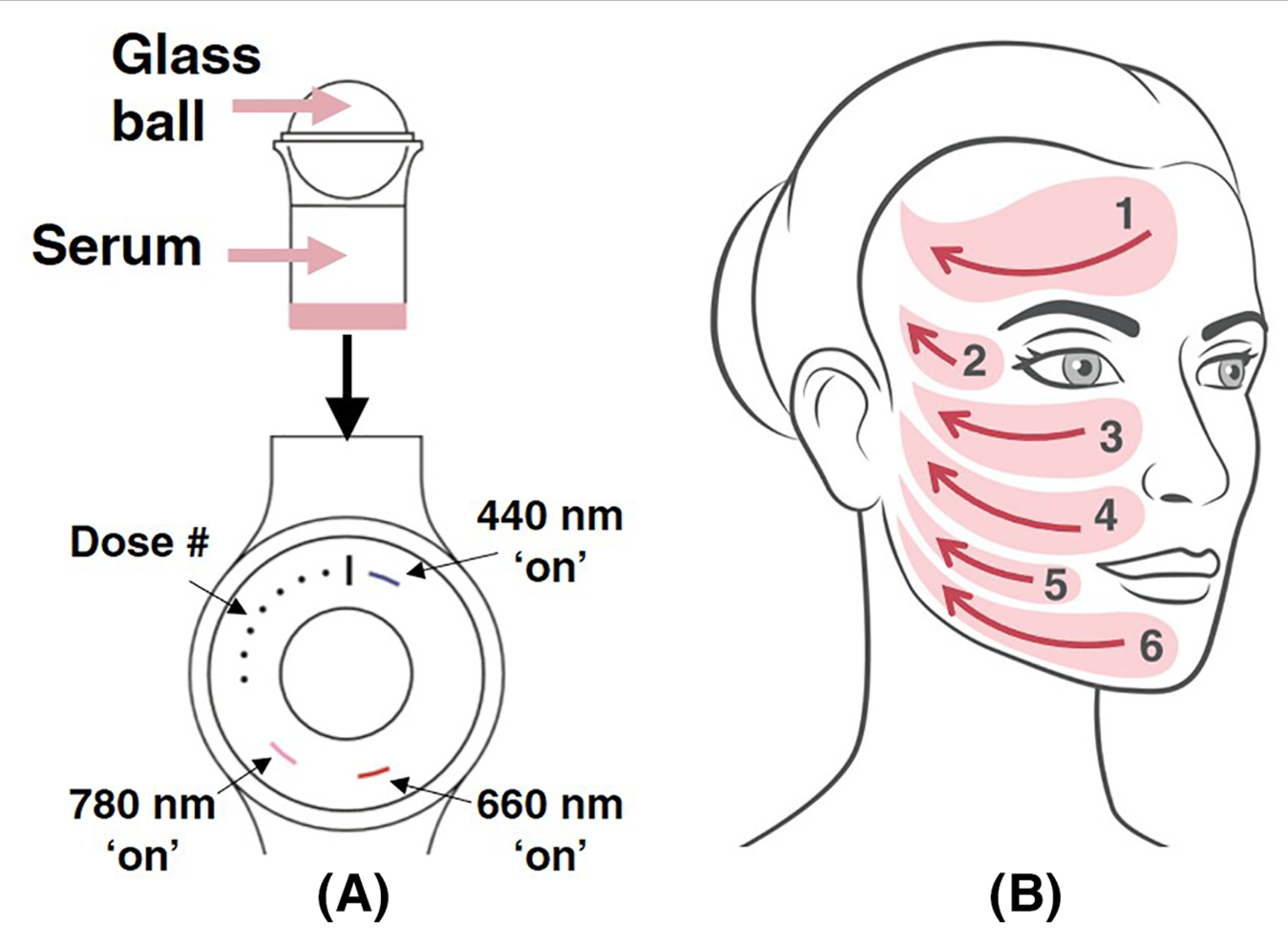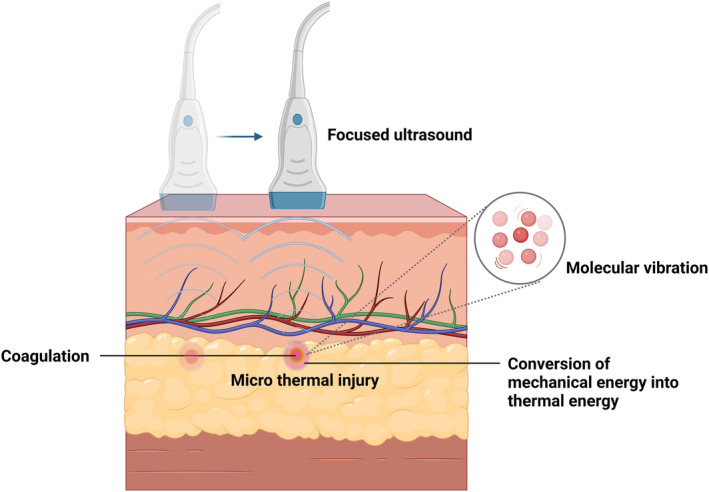The beauty technology landscape is evolving faster than ever. Every week seems to bring a new device, a new promise, or a new headline—but with so much noise, it’s harder than ever to separate marketing from meaningful science. In a world of photo filters, retouching, and AI-generated images, visuals can be deceiving. For professionals in Beauty & Dermatology, this creates a critical question: which innovations truly deliver safe, effective results for real clients?
Among the most talked-about technologies in skin rejuvenation today are Light Therapy, Microcurrent, Pulsed Electromagnetic Stimulation (PEMS), and Vibration Therapy. All four are gaining global attention and showing exciting potential—but what does the research actually say about their outcomes, limitations, and user satisfaction?
In this article, we’ll break down the findings. First, you’ll see concise abstracts from selected clinical studies that set the stage for each modality. Then, we’ll translate those insights into clear takeaways—helping you cut through the marketing haze and understand where each technology stands in terms of safety, efficacy, and business value.
Let’s get started.
Comparing Methods & Technologies
-------------------------------------------------------------------
[Read Here]
At a glance:
Clinical Trial |Randomized controlled trial published in ‘Journal of Biophotonics’’

Abstract: Skin structure and function results from a dynamic interplay between dermal and epidermal cell types. Optimizing skin health through an effective and long-lasting skin care regime therefore requires a global approach, encompassing various mechanisms to stimulate this interplay beyond the action scope of a classical topical solution. This study evaluates the impact of a novel home-use device combining a topical serum, light-emitting diodes and massage on the clinical signs of extrinsic skin aging. The innovative principle relies on potentiating the effect of active ingredients contained in the topical serum with visible and near infra-red photons to prevent extracellular matrix degradation and promote its reconstruction. After in vitro and ex vivo investigations, a clinical study assessed the safety and efficacy of a daily treatment with the home-use device for 28 days. A significant increases in skin density and radiance while reducing the wrinkles was obtained with no side effects.
-----
[Read Here]
At a glance:
Clinical Review | 2025 Clinical review, Toronto CA, Preprint early access
Background: Microcurrent therapy, a non-invasive modality utilizing low-level electrical currents, is increasingly adopted for skin rejuvenation due to its bio-mimetic effects on cellular and muscular function. This systematic review evaluates its efficacy, safety, and comparative advantages in aesthetic dermatology.
Methods: A systematic search of PubMed, Embase, Web of Science, and Cochrane (2015–2025) identified peer-reviewed studies on microcurrent applications for skin rejuvenation. Data on mechanisms, clinical outcomes, safety profiles, and comparisons with other modalities were extracted, with quality assessed using AMSTAR 2.
Results: Microcurrent enhances ATP production by up to 500%, boosting collagen/elastin synthesis and muscle toning, with clinical trials reporting up to 21.18% wrinkle reduction and improved skin firmness. Side effects are minimal (transient erythema, tingling), with high tolerability across Fitzpatrick skin types. Compared to radiofrequency and injectables, microcurrent offers a unique, non-thermal approach.
Conclusions: Microcurrent is a safe, effective option for skin rejuvenation, but variability in protocols and limited long-term data highlight the need for standardized, robust trials. Future research should optimize combination therapies and validate home-use devices to advance evidence-based practice.
-----
[Read Here]
At a glance:
Clinical Review | 2017 Clinical Study, Toronto CA, Published in Dermatology Research and Practice

Abstract: Skin aging is a gradual process that leads to wrinkle formation, laxity, and overall changes in skin appearance. In recent years, the demands to noninvasive treatments for facial rejuvenation increased, along with a variety of technologies and devices, such as radiofrequency. The present study aimed to evaluate the clinical effects of a multipolar radiofrequency and pulsed electromagnetic field treatment for face and neck rejuvenation. Eleven patients with mild to moderate grades of photoaging underwent eight radiofrequency and pulsed electromagnetic field treatment sessions, once a week. Clinical photographs were taken before and a week after the end of the treatment, and improvement of facial skin parameters was evaluated by two different investigators. Significant improvement in skin laxity was observed in all eleven patients (100%). Improvement in facial contour was noted in 73% and 100% of patients when analyzed by investigators A and B, respectively. The score for overall improvement in skin condition was 3 ± 0.78 for investigator A and 3.6 ± 0.67 for investigator B. All patients were satisfied with the procedure and noted significant improvement in the skin. The combined multipolar radiofrequency and pulsed electromagnetic field device is effective and safe for treatment of aged skin in Brazilian patients.
-----
[Read Here]
At a glance:

Clinical Review | 2024 Clinical Review, Published in Journal of Cosmetic Dermatology
Background
Energy‐based photoelectric and ultrasonic devices are essential for skin rejuvenation and resurfacing in the field of plastic surgery and dermatology. Both functionality and appearance are impacted by factors that cause skin to age, and various energy types have variable skin penetration depths and modes of transmission.
Results
This paper reviews the thermal effects of energy‐based devices in skin resurfacing applications, including the tissue level and molecular biochemical level. It seeks to summarize the distribution form, depth of action, and influencing factors of thermal effects in combination with the mechanisms of action of various types of devices.
Conclusion
Accurate control of thermal damage is crucial for safe and effective skin remodeling treatments. Thorough investigation of molecular biochemical indicators and signaling pathways is needed for real‐time monitoring and prevention of severe thermal injury. Ongoing research and technological advancements will improve the accuracy and control of thermal damage during treatments.
-----
After reviewing four leading skin rejuvenation technologies—Light Therapy, Microcurrent, PEMS, and Vibration Therapy—one thing is clear: each has demonstrated safe, effective results in improving both the appearance and health of the skin. What makes these methods remarkable is their gentle approach. Rather than forcing change, they work by stimulating the body’s own natural repair mechanisms—whether through red light absorption, low-level electrical currents, or acoustic vibration. The intervention is subtle, but the results can be profound.
So, is there a clear “winner” among these four? Not quite. Light Therapy stands out with the most extensive body of published clinical evidence supporting its outcomes, yet each modality shows strong potential for skin health and rejuvenation. What’s equally important is that these therapies are not meant to replace skincare, but to enhance it. They complement creams, serums, and oils beautifully—working in synergy to support hydration, renewal, and overall skin vitality.
Best of all, accessibility has never been greater. Once limited to professional clinics, these technologies are now available through advanced at-home devices, giving consumers the ability to integrate them seamlessly into daily routines. For professionals, this represents both an opportunity and a responsibility: to guide clients in selecting the right modality—or combination of modalities—that suits their unique skin needs.
The future of skin rejuvenation isn’t about choosing a single technology. It’s about harnessing the right tools, in the right combinations, to deliver meaningful results that clients can trust.
----
Interested in taking the Logical Step with us? Click Here to get started on your product evolution.